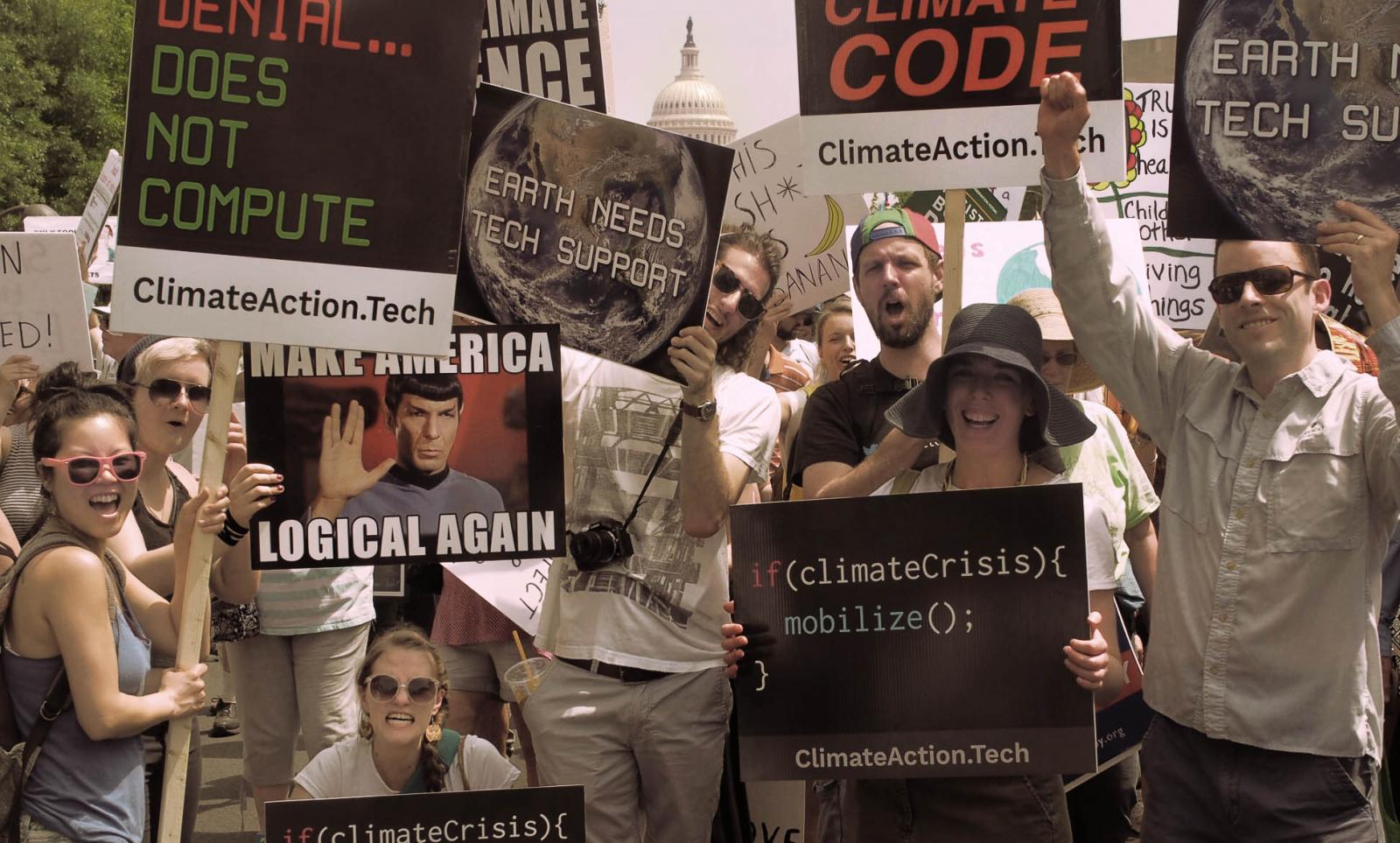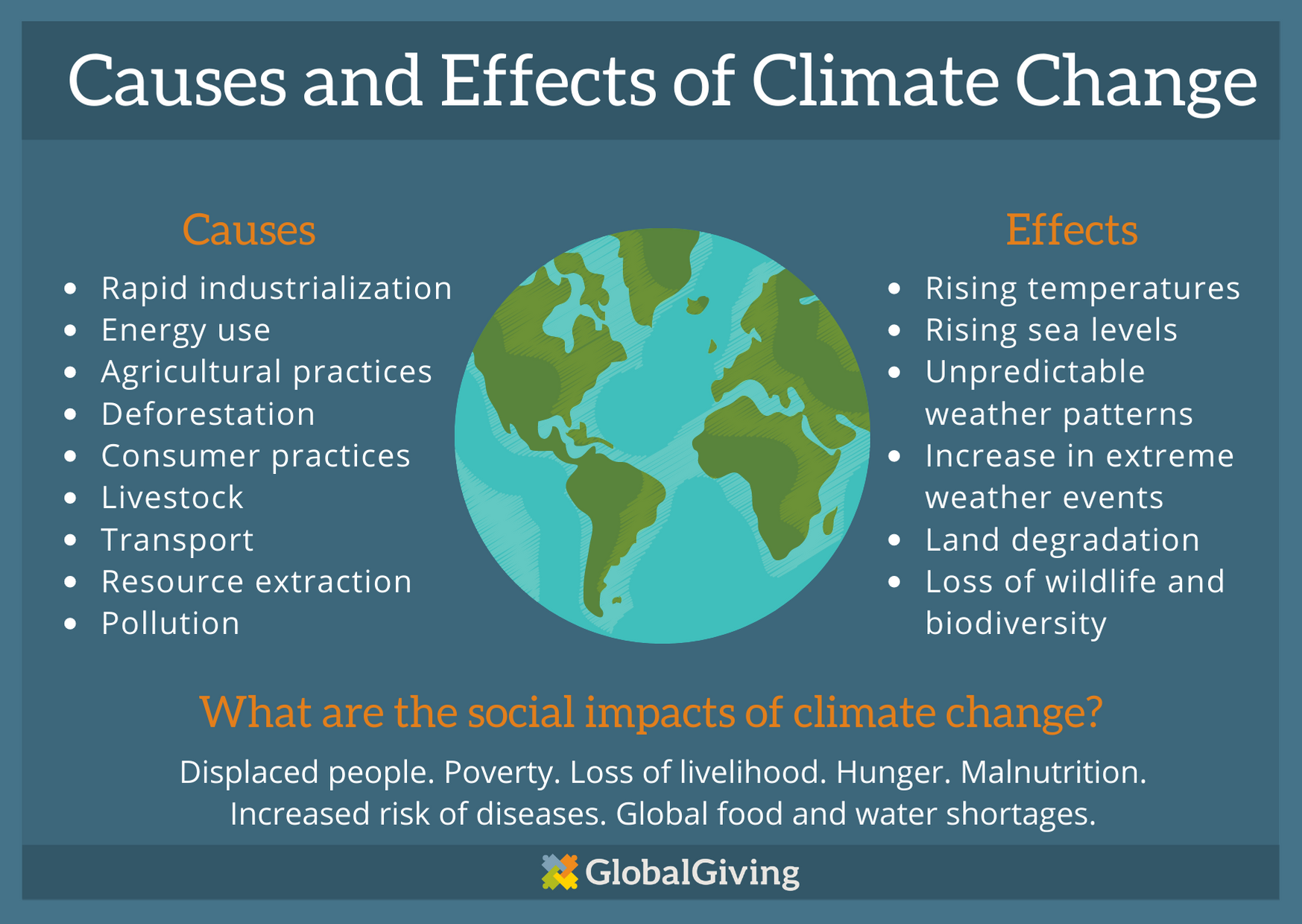Climate change is one of the most pressing global challenges of our time, and its effects are being felt across the world. Rising temperatures, extreme weather events, and the loss of biodiversity threaten our planet’s delicate balance. Addressing climate change requires coordinated efforts at all levels, from international agreements to national policies. However, the power of change also lies in the hands of individuals and communities. In this blog post, we’ll delve into the world of grassroots climate activism, exploring how individuals and local communities are taking matters into their own hands to make a difference.
The Importance of Grassroots Climate Activism
Grassroots climate activism is a bottom-up approach to addressing environmental issues. It starts at the community level, where individuals come together to work towards a common goal: a sustainable and resilient future. While global agreements and national policies play a significant role in combating climate change, grassroots efforts are equally essential. Here’s why:
- Empowerment: Grassroots activism empowers individuals to be proactive in their communities. It allows them to take control of their environmental destiny, fostering a sense of responsibility for the planet’s well-being.
- Local Relevance: Local communities often have unique environmental challenges that require tailored solutions. Grassroots efforts ensure that these challenges are addressed in a way that makes sense for the specific region.
- Innovation: Grassroots initiatives can serve as testing grounds for innovative ideas and technologies. They provide a platform for experimentation and adaptation, which can lead to effective solutions that can be scaled up.
- Building Momentum: Large-scale change often starts small. Successful grassroots efforts can inspire others and gain momentum, eventually influencing regional and national policies.
Examples of Grassroots Climate Activism
Let’s take a look at some inspiring examples of grassroots climate activism from around the world.
- Community Gardens and Urban Farming
In urban areas, community gardens and urban farming projects are gaining popularity. These initiatives not only promote sustainable food production but also foster a sense of community and connection to nature. Residents come together to grow their own vegetables, reducing the carbon footprint associated with food transportation and encouraging healthier eating habits. - Zero-Waste Initiatives
Zero-waste movements have gained traction in various communities. Individuals and businesses are adopting practices that aim to reduce waste generation, promote recycling, and encourage responsible consumption. This grassroots effort not only reduces environmental impact but also raises awareness about the importance of waste reduction. - Local Climate Action Groups
Many communities have formed local climate action groups. These groups organize events, workshops, and educational campaigns to raise awareness about climate change and advocate for local policies that promote sustainability. They often collaborate with local governments to implement climate-friendly initiatives. - Renewable Energy Co-ops
In some regions, residents have come together to form renewable energy cooperatives. These co-ops invest in and operate solar, wind, or other clean energy projects. Members share the benefits, such as reduced energy costs and a smaller carbon footprint, while contributing to the transition to clean energy sources.
How You Can Get Involved
Grassroots climate activism is not limited to large-scale projects. You can make a difference in your community with simple, everyday actions. Here are some ways you can get involved:
- Educate Yourself: Stay informed about climate change and its impacts. Understanding the issue is the first step in making meaningful change.
- Reduce Your Carbon Footprint: Adopt sustainable practices in your daily life. Reduce energy consumption, use public transportation or carpool, and minimize waste.
- Support Local Initiatives: Get involved in or support local environmental projects and organizations. Volunteer your time or donate to causes that align with your values.
- Advocate for Change: Engage with your local government officials and advocate for policies that promote sustainability and climate action.
- Inspire Others: Lead by example and encourage your friends, family, and neighbors to join you in your efforts to combat climate change.
Conclusion
Grassroots climate activism is a powerful force for change. It empowers individuals and communities to take action on climate change in their own unique ways. By addressing environmental issues at the local level, we can collectively make a significant impact on our planet’s future. So, whether it’s starting a community garden, supporting a renewable energy cooperative, or simply reducing your own carbon footprint, remember that your actions matter in the fight against climate change. Get involved, make a difference, and inspire others to do the same. Together, we can create a more sustainable and resilient world for future generations.





